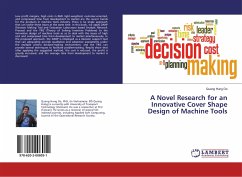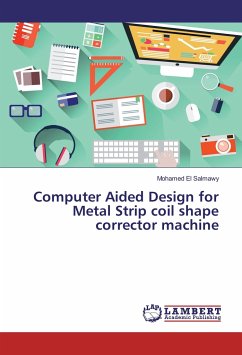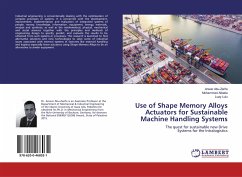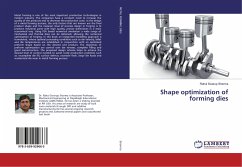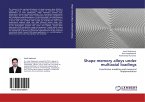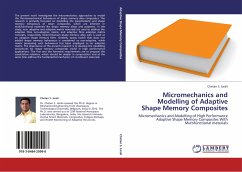Low profit margins, high costs in R&D, light-weighted, customer-oriented, and compressed time from development to market are the recent trends for the products in machine tools industry. There is no single approach that can tackle these issues at the same time. In this book, we apply DANP (Decision Making Trial and Evaluation Laboratory based Analytic Network Process) and the TRIZ (Theory of Solving Inventive Problems) to the innovative design of machine tools so as to deal with the issues of high cost and compressed time from development to market simultaneously. In the proposed approach, the DANP is employed as a decision support tool that can adequately provide qualitative and subjective assessments under the multiple criteria decision-making environment, and the TRIZ can provide several techniques to facilitate problem-solving. Results show that after applying the suggested method, the cost is reduced, the profit is greatly increased, and the average time from development to market is decreased.
Bitte wählen Sie Ihr Anliegen aus.
Rechnungen
Retourenschein anfordern
Bestellstatus
Storno

